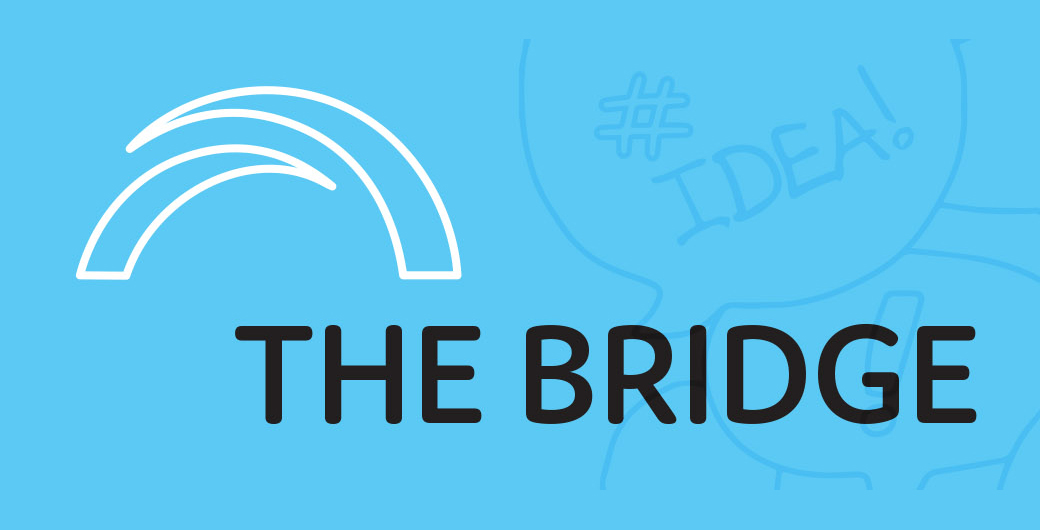
Why collaboration can reach an impasse
A paper in Critical Policy Studies examines the daily minutiae of collaboration and the dynamics they set off. It is through these flows that we can gain insights into failures of collaborative arrangements. By putting power at centre stage and focusing on the micro level, we can better understand why collaboration can reach an impasse.
Understanding collaborative governance
Collaborative governance has become a focal point for tackling a wide array of issues in policymaking. It generates new spaces of interaction between actors from different sectors and supports the co-development of policies and strategies.
The benefits of collaborative governance include collaborative advantage – the production of outcomes that no one actor would have been able to achieve on their own. However, both practice and research reveal experiences of what is termed collaborative impasse. This is where collaboration becomes stuck and the results achieved are negligible.
Collaborative governance and the interplay of ground rules
A micro-level perspective can reveal how everyday interactions fundamentally shape the collaboration. Collaborative governance at the micro level involves ground rules as how actors to interact with each other. The ground rules can change dynamics and allow new power bases to emerge.
Due to their formal authority, facilitators and conveners define the rationale, framing and rules operating in the collaborative setting. When the collaborative process opens to participants, these new actors engage with the process proposed by conveners and facilitators. However, unlike a theatre performance, actors on the collaborative stage can depart from the original script.
Those responsible for the collaboration can react to these interventions by reinstating their original plans or adapting some of its elements. In doing so, participants, facilitators, and conveners together generate modified ground rules. Collaborative governance at a micro level can therefore be seen as an ongoing interplay between designed and adaptive ground rules.
Collaborative impasse and the flow of power
Collaborative impasse can emerge in the interplay between designed and adaptive ground rules. When this arises, the outcomes of the collaborative process move away from the initial goals.
The dynamics of collaborative impasse can also involve power, both acts of power and flows of power. An act of power is the capacity of an actor to intervene at a specific moment during a collaborative process. A flow of power is a chain of actions between participants and facilitators that contribute to the ongoing interplay between designed and adaptive ground rules.
The research case study
The paper is informed by a case study of collaboratively planning the route of a high-voltage electricity line in southern Germany. The collaborative arrangement took place over 15 months and involved citizens, mayors of the local areas, local authority officers and representatives from non-government organisations. The process included events open to all citizens and planning workshops with a group of approximately 20 members.
The electricity company had clear interests in building the power line as quickly and cost-efficiently as possible. The company was also jointly responsible for co-designing and convening the collaborative planning process.
After 15 months of attempts to include everyone in the planning process and after the final results of the collaboration had been sent to the local authority for evaluation, citizens claimed their opinion had not been included in the process. They also claimed that that everything needed to be discussed again.
The case study analysis
The collaborative impasse had its origin in the very beginning of the collaboration. During the first public event, conveners displayed a large map depicting the geographical area and participants were invited to develop alternative corridors for the electricity line. This map also showed possible solutions previously identified by experts.
Initially the map had a purely informative aim. However, during the event, citizens standing in front of this map suddenly began drawing potential corridors outside of the originally delineated area. An initial expert assessment found that some of the citizens’ suggestions were valid.
Citizens turned the initially informative function of a map into an active tool to integrate their perspectives into the planning process. It shifted the informative character of the public event to a deliberative one. This modified the flow of power between experts and citizens as envisaged in the process design.
The collaborative impasse can be traced back to the moment where the original process design was modified by the conveners’ decision to enlarge the geographical space. The impacts of this decision included additional financial resources and more time to evaluate the additional routes.
It also called into question whether the changes were aligned with the original purposes of the collaborations. The decision to expand the geographical space went beyond the conveners’ capacities and undermined the legitimacy of the citizens contribution.
The bottom line
The ways in which power manifests in collaboration at the micro level can determine how collaboration works and whether it lives up to its promise. Conveners and facilitators need to rebalance and reconsider design choices when confronted with the realities of collaborative practice. Once the designed ground rules are out in the world, conveners and facilitators need to observe the emergence of any changes to these ground rules. They need to assess different design choices connected to this change. Without adjustments, there is the risk that conflicting goals in the process design may clash with each other and lead to impasse.
Want to read more?
Flows of power: an analytical framework for the study of collaboration – Giulia Molinengo, Critical Policy Studies, March 2022
Each fortnight The Bridge summarises a piece of academic research relevant to public sector managers.

Other Research Briefs on public sector collaboration include:
- Published Date: 28 June 2022
